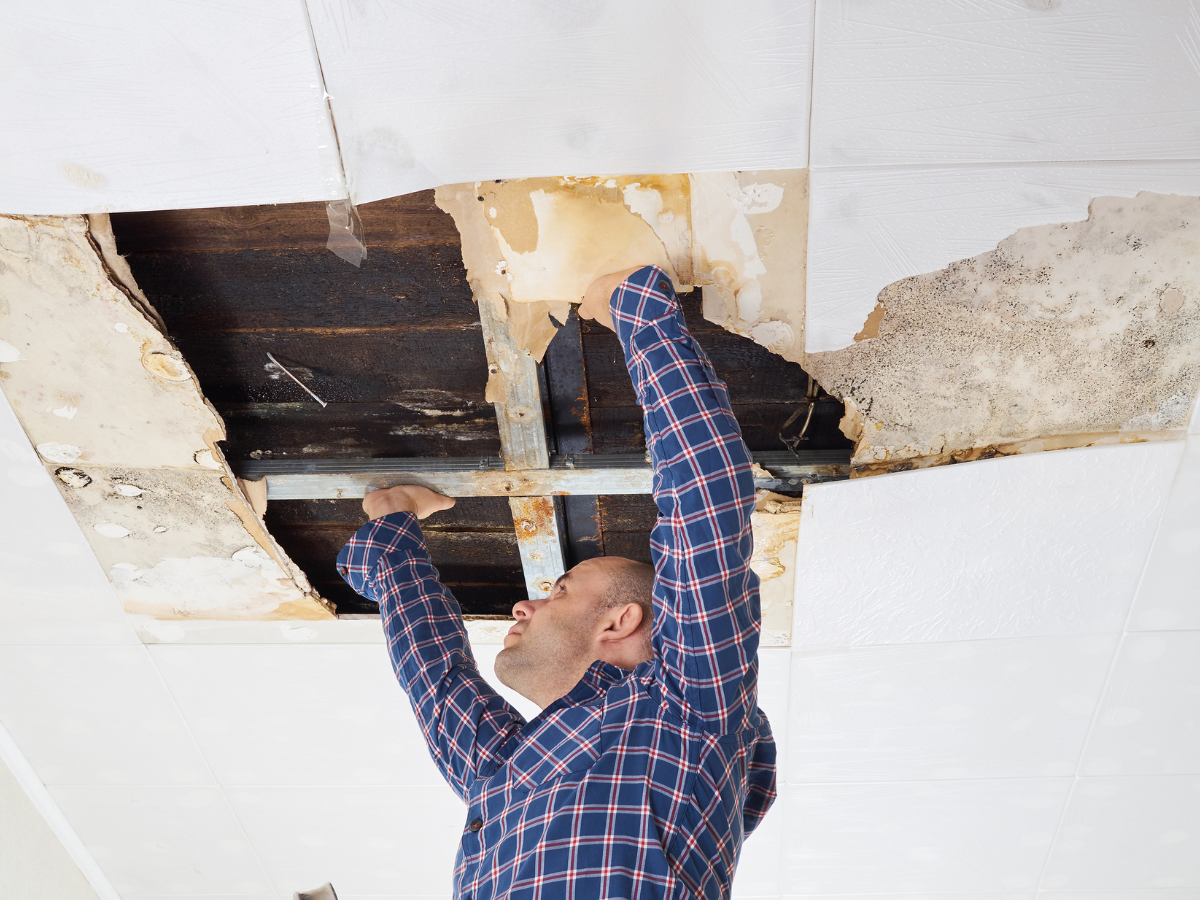New York City is a vast metropolis with a rich history spanning almost four centuries. Exploring the city can feel like a trip through time with its incredible heritage and architecture. The older buildings have an exceptional allure and reflect the city’s transformation over time — but updating these buildings can be challenging due to outdated infrastructure and current building codes.
Aging components increase the risk of structural failures, such as ceiling collapses. Balancing preservation efforts with contemporary safety standards is fundamental for maintaining the city’s character while ensuring the safety of its inhabitants.
Causes of Building or Ceiling Collapses
Structural defects and poor construction practices often cause building or ceiling collapses. The consequences can be catastrophic in New York City, where high-rise buildings are prevalent. Such collapses may stem from various factors, including:
- Aging Infrastructure: Older buildings may have deteriorating structural elements, such as foundations, beams, or columns. These can weaken over time and contribute to collapses.
- Neglected Maintenance: Lack of regular inspections, repairs, or upkeep can allow minor issues to escalate into major structural problems, increasing the risk of collapse.
- Structural Modifications: Unauthorized building alterations or renovations without proper engineering oversight can compromise the original building design and weaken structural integrity, potentially leading to collapses.
- Natural Disasters: New York City is susceptible to various natural disasters, including earthquakes, hurricanes, and severe storms, which can cause significant damage to buildings and collapses.
- Overloading and Heavy Loads: Excessive weight from overcrowding, unauthorized additions, or heavy equipment installations can exceed the building’s load-bearing capacity, leading to structural failures and collapses.
Identifying Potentially Liable Parties
Figuring out liability in the aftermath of a building or ceiling collapse requires careful examination of the following parties:
- Property Owners: Property owners must maintain safe premises and ensure the building’s structure is sound. They must regularly inspect the ceilings and promptly address any signs of deterioration or structural issues that could weaken the ceiling and pose a risk of collapse. Additionally, property owners should adhere to building codes and regulations related to structural integrity and maintenance.
- Construction Companies: Construction companies must ensure ceilings are built safely and comply with building codes and industry standards. Such companies must employ qualified workers, use suitable materials and methods, and conduct quality control inspections to identify and rectify any construction defects that could compromise structural integrity. If a ceiling collapse is attributed to faulty construction or renovations performed by workers, the company may be held liable for any resulting injuries.
- Architects and Engineers: Architects and engineers are liable for ceiling collapse injuries if their design has flaws or errors. They are responsible for designing safe and structurally sound buildings by conducting thorough structural analyses and providing precise specifications to ensure proper design implementation.
- Contractors and Subcontractors: Contractors and subcontractors can be held liable for ceiling collapse injuries if their work is substandard. They must follow specifications and implement quality control measures to ensure structural integrity.
Legal Framework for Construction Negligence
In NYC, building safety and liability are regulated by a comprehensive framework of laws and regulations. The NYC Department of Buildings enforces stringent building codes and regulations to ensure structural integrity and occupant safety. Local ordinances and zoning laws further dictate permissible construction practices and land use.
Case law precedent — a court decision that’s been established through previous rulings — informs legal interpretations and liability determinations on building collapses and premises liability. Legal principles such as negligence, strict liability, and breach of contract are foundational concepts in assessing liability in building collapse cases.
Factors Considered in Liability Determination
Evidence of negligence, such as deviations from building codes or industry standards, is crucial in establishing liability in building or ceiling collapse cases. Documentation of prior complaints, inspections, or violations provides insight into the history of structural deficiencies and the parties’ awareness or neglect.
Expert testimony from engineers, architects, or construction professionals also helps assess the technical aspects of the collapse and attribute responsibility. Additionally, the foreseeability of the collapse and efforts to mitigate risks play a significant role in liability determinations.
If you’ve suffered injuries due to a collapsed ceiling or building, seeking legal guidance is paramount to protect your rights and pursue compensation. A knowledgeable attorney specializing in premises liability and construction accidents can navigate the intricacies of liability laws and advocate on your behalf. They will assess the specifics of your case, gather pertinent evidence, and formulate a strategic legal approach. By negotiating with insurance companies and litigating in court if necessary, your NYC premises liability lawyer will strive to secure fair compensation for your injuries and losses.
To learn more about the legal implications of ceiling collapse injury cases in New York City, consult with the experienced attorneys at Wingate, Russotti, Shapiro, Moses & Halperin, LLP. Our firm has been around for over 50 years, and our lawyers have won over $1 billion for clients. Call us today for a free consultation at (212) 986-7353.



